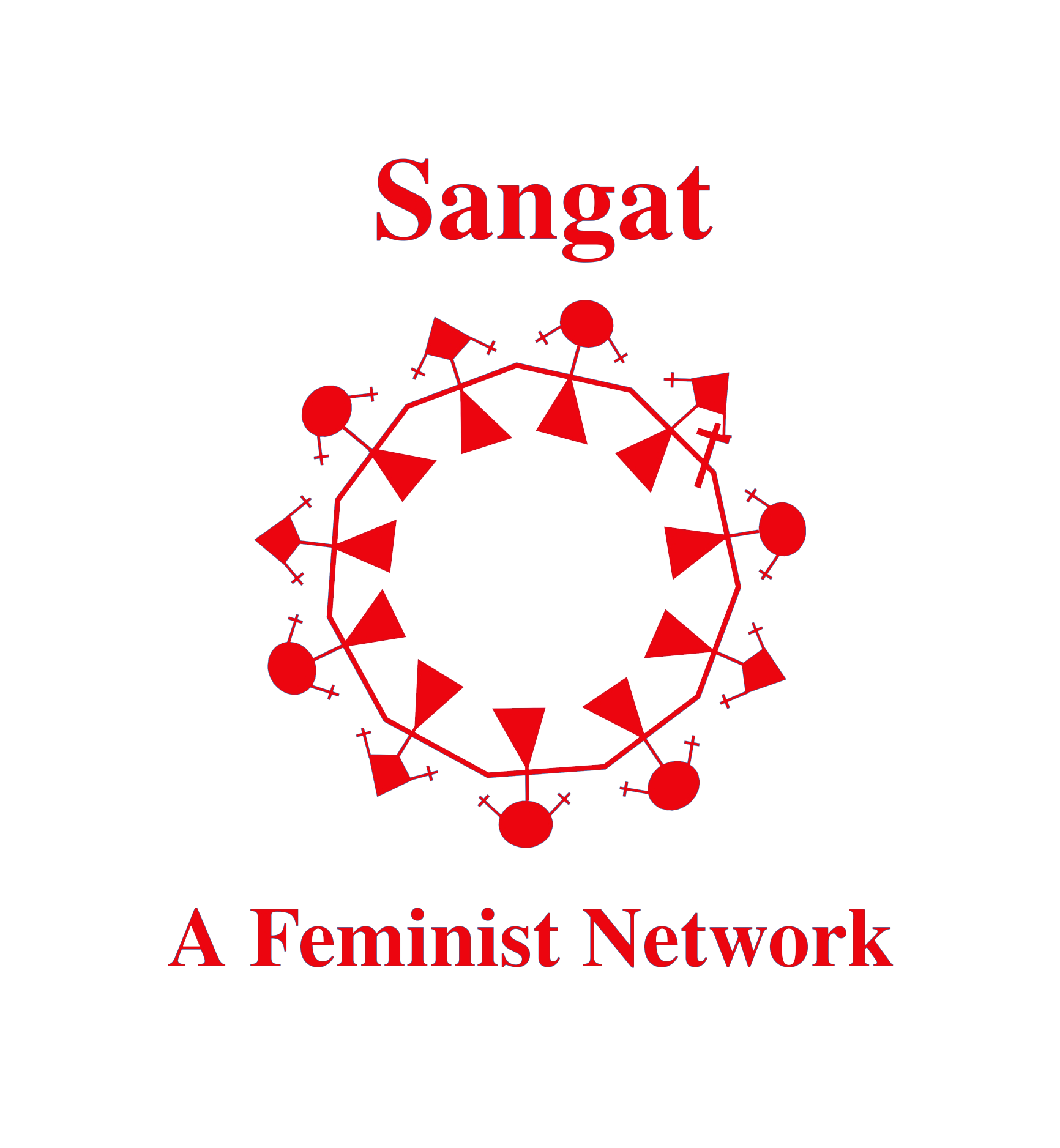KAVITA CHOWDHURY
December, 2017
It predictably did not get covered by the major newspapers, except for the one off picture that appeared somewhere; after all it was “just another women related programme.” Anchored by non -profit organization Swayam (The Self), in Kolkata in eastern India, the ten day event celebrates the international campaign To Stop Violence against Women and Girls especially in the context of South Asia. Swiss artist Franziska Greber collaborated with local women who were victims of violence and the installation that ensued was in the form of a gigantic wave: the heart rending stories that 216 women had penned down strikingly in red ink on white “dupattas” (scarves) representing the crescendo of ‘Voices of courage and sorrow.’
While feminism as a movement, gained center stage in the western world decades ago, here in India fearless feminists like Kamla Bhasin realized the importance of creating a sisterhood of South Asian women, sorority like, bound by their similar experiences of victimhood and empowerment. With November 30 being commemorated as the South Asian Women’s Day for Peace, Democracy, Justice and Human Rights; Bhasin underlined the social conditioning that all South Asian societies perpetrated on their girls. Hence her rallying cry at the evening event, “Azaadi”(Freedom). She exhorted the crowd the majority of whom were women, to join her as she coined slogans; “Freedom from patriarchy”, “Freedom from all hierarchy”, the list was a long one.
That all south Asian women are bonded by similar travails and struggles was brought home by the readings of feminist poetry from India, Bangladesh, Nepal, Sri Lanka and Pakistan. So Bangladeshi activist Saswati Biplab’s vociferous denouncement of what constitutes “Slilatahani” (Dishonour) in our patriarchal homes, was given voice by noted feminist filmmaker Aparna Sen. Sen also read out the powerful articulation of some of the women who had survived violence and inscribed it on the scarves that were part of the installation. The project was titled, “Voices of courage and sorrow- Women in the Dark Speak Out.”
Decades of military conflict and hatred across borders in Pakistan and India, has rendered the lives of women in both these countries more vulnerable. Feminists in both countries have consistently protested against the militarisation of the region. The eloquent bemused expression of Pakistani poet Fahmida Riyaz as she wrote of the increasing religious radicalization of both countries, “Tum bilkul hum jaise nikle” (You turned out to be just like us); the poignancy of her verse rendered aptly by theatre personality Ramanjit Kaur.
It was again Kaur’s all woman theatre troupe Creative Arts which depicted the universal angst of women labelled as “refugees” through their play “Beyond Borders”.
A powerful video “You do me no harm” from Nepal’s “Word Warriors”, a group of young poets was screened, vocalizing the social constructs that women are subjugated to; like mute acceptance of domestic violence as a ‘mere aberration’ of a ‘loving husband.’
Franziska Greber’s installation was a fitting tribute for these powerful women’ voices; a second work also by Greber, in red and white, a gigantic dupatta (scarf) bursting out from one of the windows onto the grounds of the iconic Victoria Memorial representing the ‘echo’ that spreads the messages of the unheard.
The backdrop of the Victoria Memorial provided the necessary platform through which the campaign To Stop Violence against Women and Girls reached out to the public. The Victoria Memorial being the most visited museum in India, the exhibition benefits from the impact it makes on each of those visitors who encounter it.
